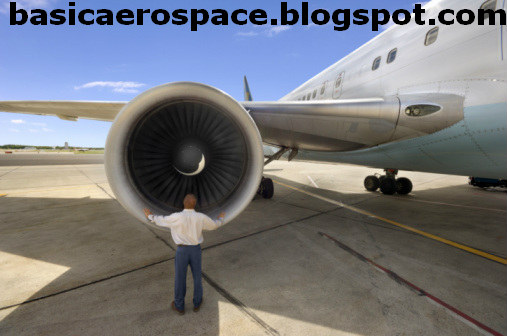TOWING :
Towing is necessary to enable the aircraft to be
moved without engine power The procedure
required will vary greatly dependent
on the type
of aircraft to be moved.
In the case of light aircraft with a tail wheel a flexible
towing bridle
can be used and a steering arm
attached to the tail wheel. The towing vehicle
is
used to pull the bride which has been attached to
strong points of the
aircraft, these are usually located
at the main undercarriage legs.
As the vehicle pulls the aircraft forward, the
tail wheel
steering arm is held to direct the aircraft,as the
vehicle turns in
the direction required, the bridle can
ride round in the pulley. The turning
circle is limited
by the stop plates on the bridle. This method ensures
that an
even pull is maintained on both sides of the
bridle.
The same method can be employed on light aircraft
with a nose wheel by towing the aircraft backwards.
Light Aircraft can also be towed using a towing
frame
this is similar method to the bridle except the towing
frame is rigid and
so can be used to steer the aircraft
as well as tow it.
GENERAL SAFETY PRECAUTIONS :
The following precautions must be observed when
towing operations are in progress, reference must be made to the aircraft
manual for specific instructions.
(a) Aircraft must not exceed walking pace while
being
towed (in closed area).
(b) Oleo-leg and tyres must be correctly inflated
prior
to moving the aircraft, and sufficient brake
pressure available for an
emergency stop.
(c) Undercarriage ground locks must be fitted
prior to
towing
(d) At night Aircraft navigation lights must be “ON”
(e) By-pass pin or towing pin must be fitted before
connecting the tow bar.
(f) A person in charge with all other team members
in
his sight.
(g) Personnel must be stationed on the wing tip and
tail to ensure clearance round obstacles.
(h) There must be a competent person occupying the
pilot set to operate the aircraft brakes in case of
emergency.
SOME POINTS TO NOTE :
(a) When manhandling light aircraft by pushing,
do not
push on flying control surfaces or other
delicate parts such as fabric skin.
The leading edges
of the wing are normally strongest, so push the
aircraft
backwards.
(b) To avoid unnecessary stress to tyres and
undercarriage the maximum turning angle should
never be exceeded the
manufacture’s maximum
turning angle is normally painted on the side of the
aircraft nose. Try to terminate towing by leaving the
aircraft in a straight
line, this will prevent side loads
remaining on the tyres when the aircraft
comes to
stop.
(c) Do not operate the aircraft brakes while the
aircraft
is being towed, allow the tractor or tug to
keep the aircraft under control.



















